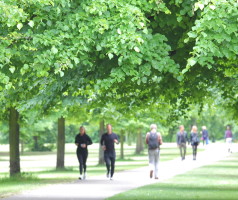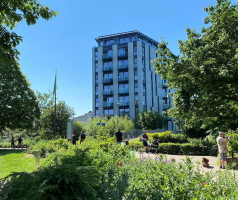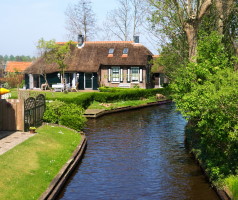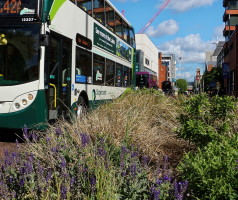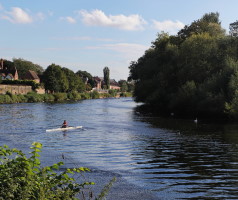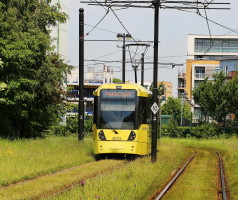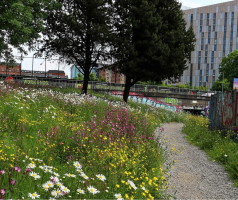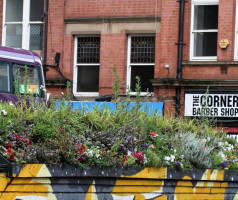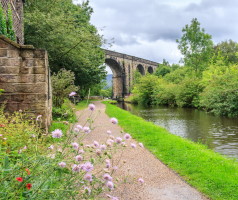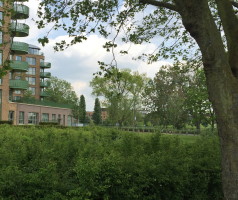
Natural England has developed a set of GI Principles that underpin the GI Framework. The Principles are intended to provide a baseline for different organisations to develop stronger green infrastructure policy and delivery. The principles cover the Why, What and How to do good green infrastructure.
The principles were developed by:
- Studying other GI Principles including the early work of practitioners in USA and academics such as Monteiro in Portugal and the UN Sustainable Development Goals.
- Analysing the feedback from 10 GI trials which took place in late 2020 and early 2021.
- Taking feedback from the GI standards project steering and advisory group which includes representatives across the sector.
- Internal discussions and consultation with Natural England Specialists.
- Working with other Standards owners.




